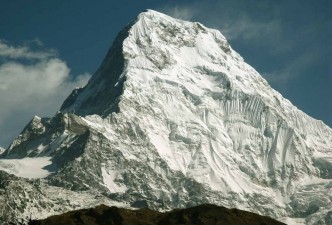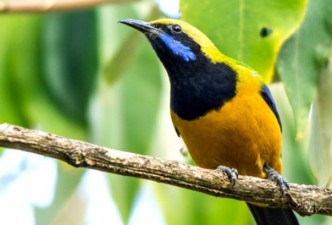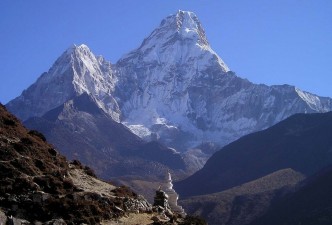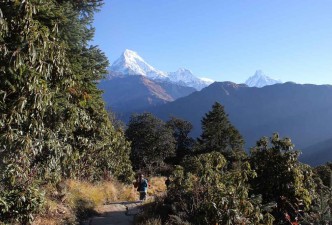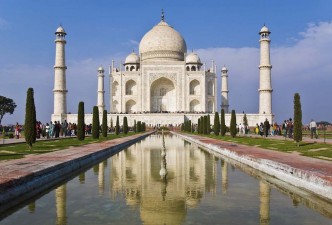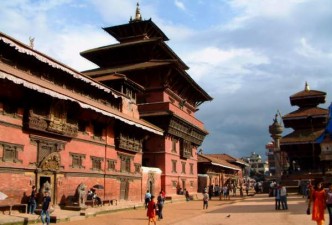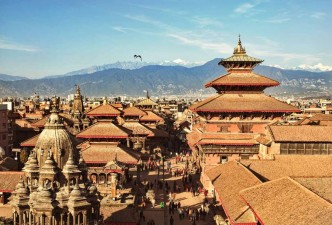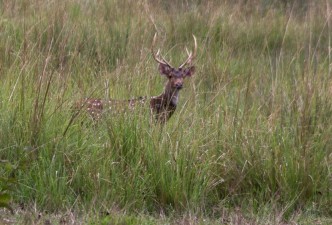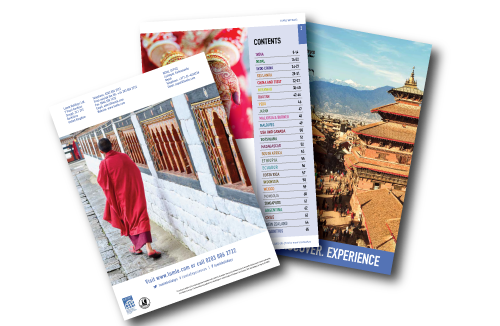Nepal Travel FAQs: Essential Information for Your Journey
Planning a trip to Nepal? Whether you’re preparing for a trek through the Himalayas or exploring the country’s rich cultural heritage, here are answers to some frequently asked questions to help make your journey smoother. These Nepal travel FAQs cover everything from visa requirements to health tips.
1. Do I Need a Visa to Visit Nepal?
Yes, most visitors to Nepal require a visa. Nepal offers visas on arrival at Kathmandu’s Tribhuvan International Airport and at various land border crossings. You can also apply for a visa in advance at a Nepalese embassy or consulate. Tourist visas are available for 15, 30, or 90 days, with the option to extend. Be sure to have passport-sized photos and the appropriate visa fee in cash.
2. What Is the Best Time to Visit Nepal?
The best time to visit Nepal depends on the activities you plan to do. The peak trekking seasons are from October to November and March to May, when the weather is mild, and the skies are clear, offering fantastic mountain views. For cultural sightseeing, these months are also ideal, as they coincide with major festivals like Dashain and Tihar. If you’re visiting Nepal for wildlife viewing, the cooler, dry months from October to February are best for safaris in Chitwan and Bardia national parks.
3. What Currency Is Used in Nepal?
The official currency of Nepal is the Nepalese Rupee (NPR). Cash is widely used, especially in rural areas, so it’s a good idea to carry some Nepalese rupees with you at all times. In cities like Kathmandu and Pokhara, credit cards are accepted at most hotels, restaurants, and larger shops. ATMs are widely available in major cities, but it’s advisable to have cash on hand when traveling to remote areas or trekking regions.
4. Is Nepal Safe for Tourists?
Nepal is generally a safe destination for travelers, with low levels of violent crime. However, petty theft and pickpocketing can occur in busy areas, so it’s important to stay vigilant, particularly in tourist hubs like Thamel in Kathmandu. Ensure your belongings are secure, and use a money belt or anti-theft bag when walking in crowded places. Nepal is also prone to natural disasters like earthquakes, so it’s important to be aware of emergency procedures.
5. What Language Is Spoken in Nepal?
The official language of Nepal is Nepali. However, English is widely spoken, especially in tourist areas, hotels, restaurants, and by trekking guides. Learning a few basic Nepali phrases, such as “Namaste” (hello) and “Dhanyabad” (thank you), is appreciated by locals and can enhance your travel experience, particularly in more remote areas.
6. Do I Need Travel Insurance for Nepal?
Yes, travel insurance is highly recommended when traveling to Nepal, especially if you plan on trekking or participating in adventure activities. Ensure your insurance covers high-altitude trekking, medical emergencies, accidents, and trip cancellations. If you’re trekking in regions like the Everest or Annapurna areas, make sure your policy includes helicopter evacuation in case of altitude sickness or other emergencies.
7. How Do I Get Around in Nepal?
Getting around Nepal is relatively straightforward, with options ranging from domestic flights, buses, and taxis to motorbikes and bicycles. For long distances, domestic flights are the quickest way to travel between cities like Kathmandu, Pokhara, and Lukla (for Everest treks). Local buses are available but can be crowded and slow. Taxis are common in cities, and ride-hailing apps like Pathao and Tootle are also available. If you’re trekking, porters and guides can help transport your gear and navigate trails.
8. Can I Drink Tap Water in Nepal?
It’s not advisable to drink tap water in Nepal. Stick to bottled or purified water to avoid waterborne illnesses. Most hotels and restaurants offer bottled water, and purification tablets or filters are useful when trekking or traveling to rural areas. Be cautious with ice, salads, and street food that may have been washed in tap water.
9. What Are the Trekking Permits Required in Nepal?
If you’re trekking in Nepal, you’ll need to obtain certain permits depending on your route. For popular treks like Everest Base Camp or the Annapurna Circuit, you’ll need a Trekkers’ Information Management System (TIMS) card and the appropriate national park or conservation area permit, such as the Sagarmatha National Park Permit for Everest or the Annapurna Conservation Area Permit (ACAP). Permits can be obtained in Kathmandu or Pokhara before you start your trek.
10. What Should I Pack for a Trip to Nepal?
Packing for Nepal depends on the season and activities you have planned. If you’re trekking, bring layered clothing, as temperatures vary from warm days to cold nights, especially at higher altitudes. A down jacket, good trekking boots, and a sturdy backpack are essential. For city exploration, lightweight, modest clothing is appropriate, as well as a rain jacket if you’re traveling during the monsoon season (June to September). Don’t forget sunscreen, insect repellent, and a water purifier for trekking.
11. What Are the Main Festivals in Nepal?
Nepal celebrates many vibrant festivals throughout the year, with some of the most important being Dashain (celebrating the victory of good over evil), Tihar (the festival of lights), and Holi (the festival of colors). Buddhist festivals such as Buddha Jayanti, celebrating the birth of Buddha, are also widely observed. Experiencing these festivals is a great way to immerse yourself in Nepal’s cultural and religious traditions.
12. Do I Need Vaccinations for Nepal?
It’s advisable to consult with a healthcare professional before traveling to Nepal. Common recommended vaccinations include hepatitis A, typhoid, and tetanus. If you plan to visit rural or remote areas, consider vaccines for hepatitis B and rabies. Malaria is present in lowland regions, such as Chitwan, so consult with your doctor about malaria prevention if you’re traveling to these areas.
These Nepal travel FAQs provide essential information to help you prepare for your trip. Whether you’re trekking in the Himalayas, exploring Kathmandu’s ancient temples, or relaxing in Pokhara, Nepal offers a wealth of experiences for every traveler.
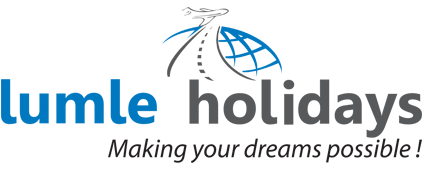
 Nepal
Nepal Singapore
Singapore Taiwan
Taiwan India
India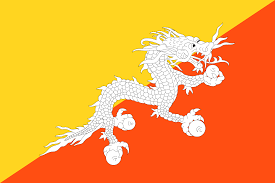 Bhutan
Bhutan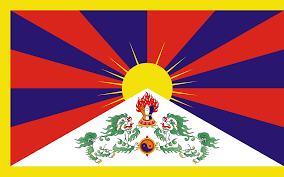 Tibet
Tibet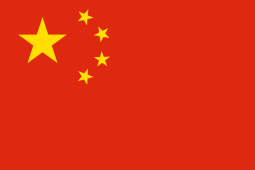 China
China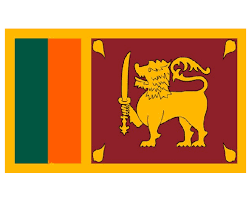 Sri Lanka
Sri Lanka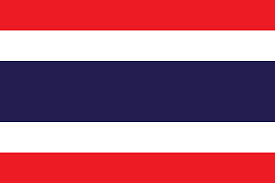 Thailand
Thailand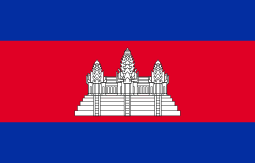 Cambodia
Cambodia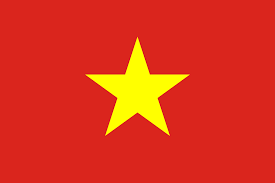 Vietnam
Vietnam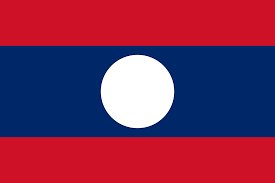 Laos
Laos Japan
Japan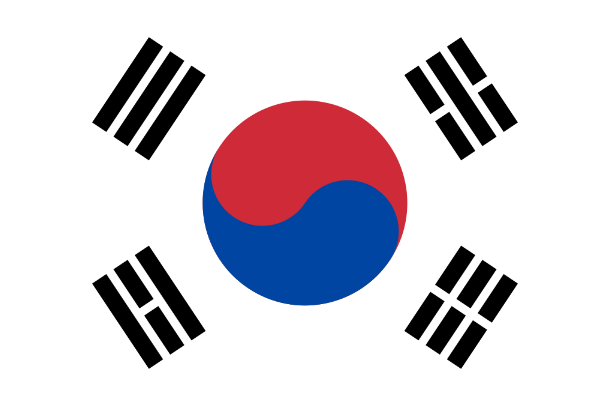 South Korea
South Korea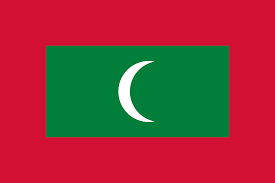 Maldives
Maldives Malaysia
Malaysia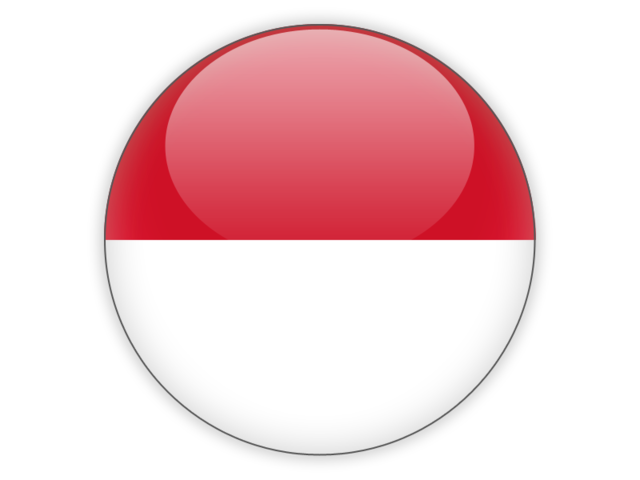 Indonesia
Indonesia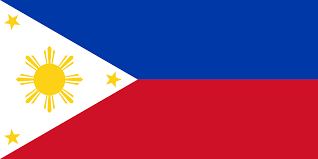 Philippines
Philippines Mongolia
Mongolia Uzbekistan
Uzbekistan Ethiopia
Ethiopia Kenya
Kenya Madagascar
Madagascar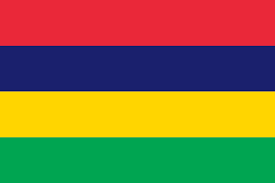 Mauritius
Mauritius Morocco
Morocco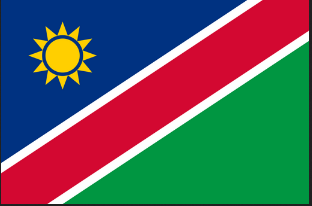 Namibia
Namibia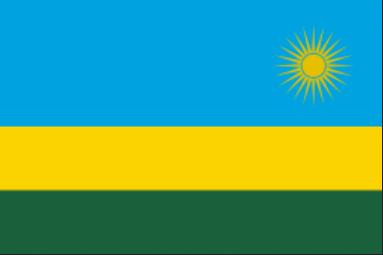 Rwanda
Rwanda South Africa
South Africa Tanzania
Tanzania Tunisia
Tunisia Uganda
Uganda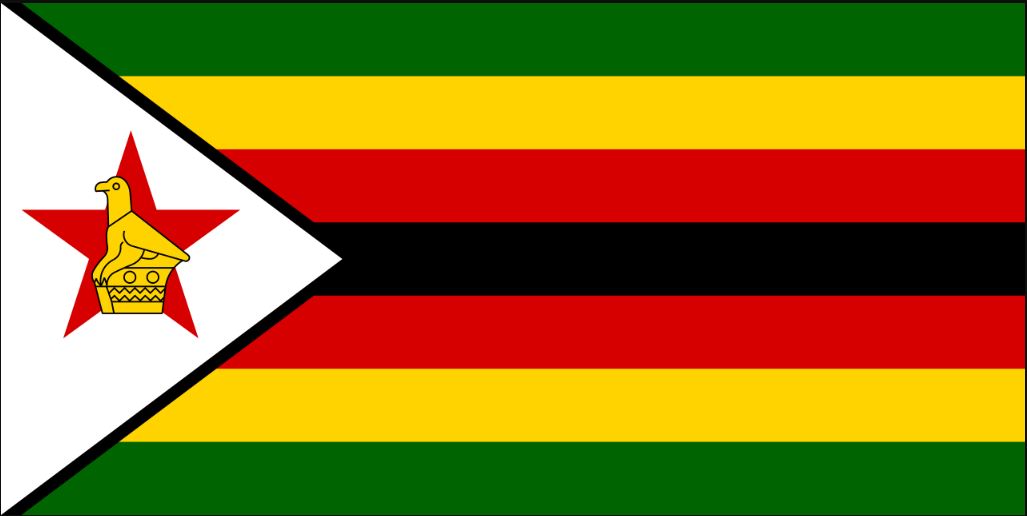 Zimbabwe
Zimbabwe Egypt
Egypt Jordan
Jordan Oman
Oman Saudi Arabia
Saudi Arabia United Arab Emirates
United Arab Emirates Armenia
Armenia Bulgaria
Bulgaria Croatia
Croatia Cyprus
Cyprus Czech Republic
Czech Republic France
France Greece
Greece Iceland
Iceland Ireland
Ireland Italy
Italy Malta
Malta Portugal
Portugal Romania
Romania Slovenia
Slovenia Spain
Spain Turkey
Turkey America
America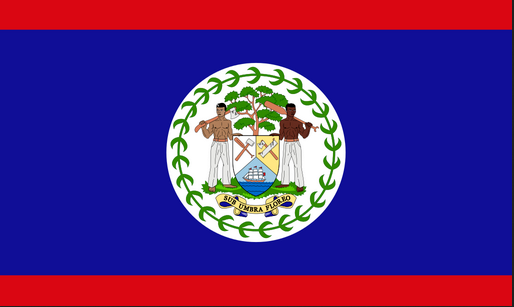 Belize
Belize Canada
Canada Costa Rica
Costa Rica Guatemala
Guatemala Mexico
Mexico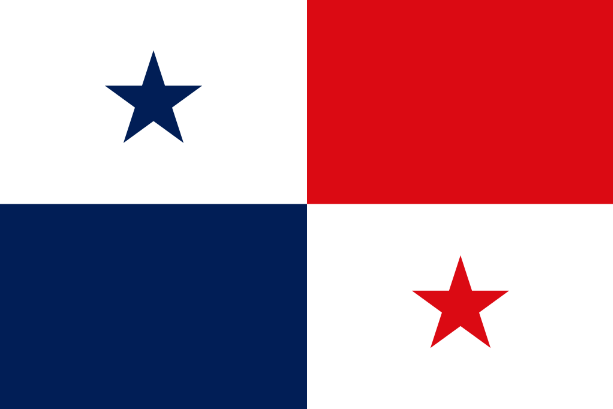 Panama
Panama Argentina
Argentina Brazil
Brazil Chile
Chile Colombia
Colombia Ecuador
Ecuador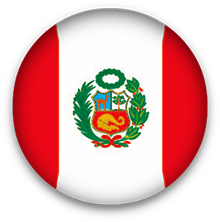 Peru
Peru Australia
Australia New Zealand
New Zealand
